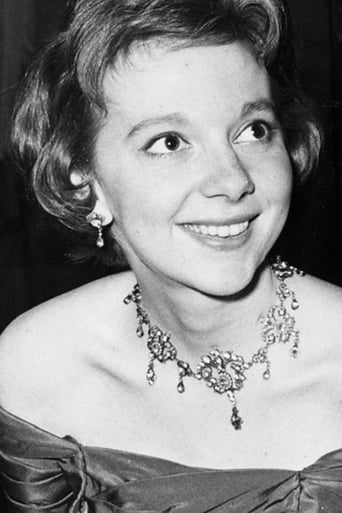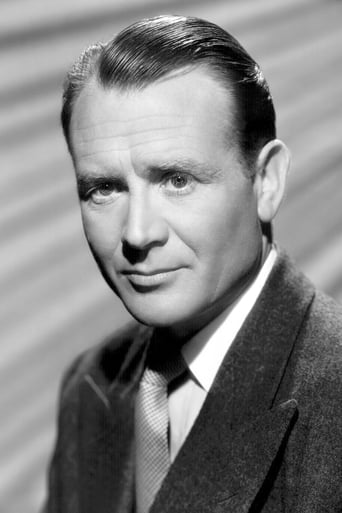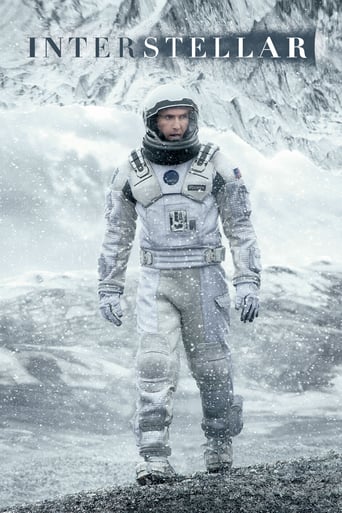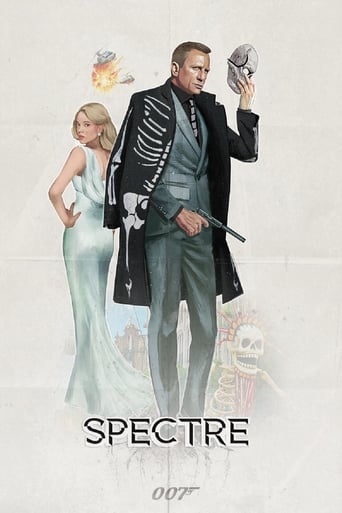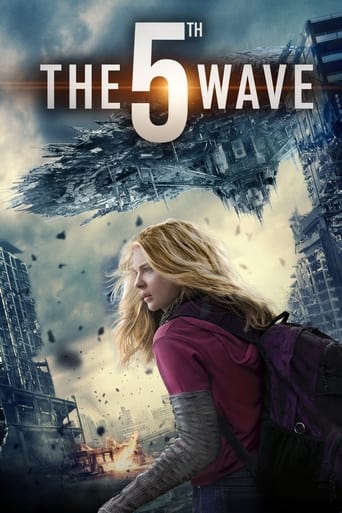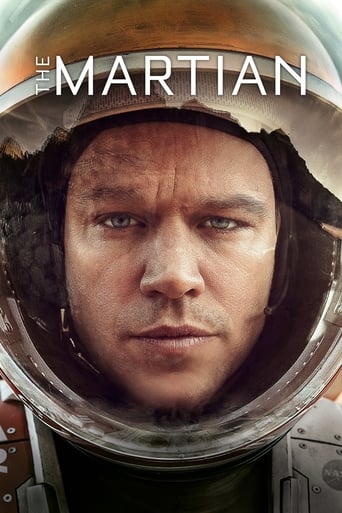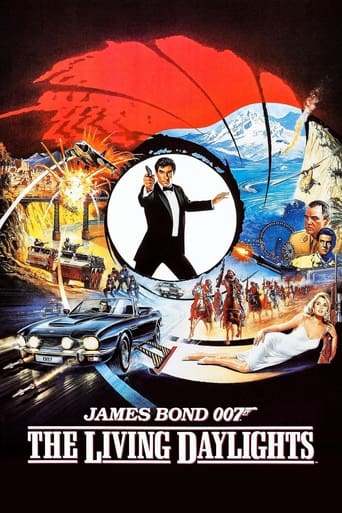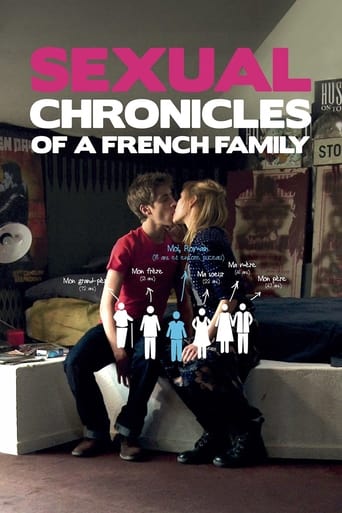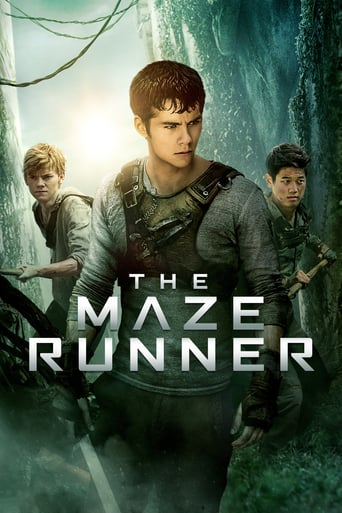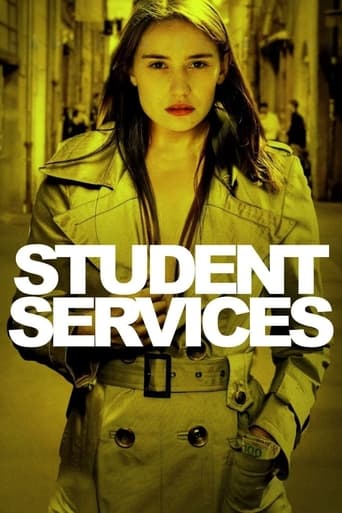
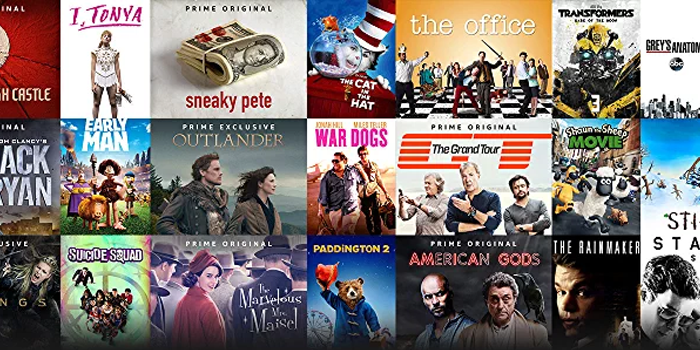
A Tale of Two Cities (1989)
A pair of lookalikes, one a former French aristocrat and the other an alcoholic English lawyer, fall in love with the same woman amongst the turmoil of the French Revolution.
Watch Trailer
Cast


Similar titles
Reviews
Yawn. Poorly Filmed Snooze Fest.
hyped garbage
Best movie of this year hands down!
Yo, there's no way for me to review this film without saying, take your *insert ethnicity + "ass" here* to see this film,like now. You have to see it in order to know what you're really messing with.
I may be a lone voice, but I think this Tale of Two Cities is easily the worst of the four versions I have seen and is about as bad as Dickens gets. There is almost nothing in it I can recommend.The production design is poor. Everything and everybody is too clean and pristine. The sets of the Bastille, the wine shop and the room where Dr Manette is secreted are all too spacious. Every scene is over lit and under populated. It is the least atmospheric Dickens drama I can recall.The writing is worse. Arthur Hopcraft jumps straight into the book as Mr Lorrie and Lucie are nearing Paris, omitting the early scenes that set up the story and some of its key characters. As a result, Miss Pross doesn't appear for over an hour. He also omits the scene on the boat where Lucie and Darnay first meet, which plays a significant role in the plot. Then he labours over the murder of the Marquis d'Evremont and other scenes set in France. The two movie versions get through the plot in about two hours, without too much simplification. Hopcraft struggles to tell the story in a more generous three hours plus.Key aspects of the characters are underplayed or absent altogether. Miss Pross's fierce protectiveness towards Lucie only emerges slowly, as a result of her actions, rather than as their motive. We see nothing of the businesslike reserve under which Mr Lorrie hides his feelings and only get a weak sense of Dickens's deliberate contrast between Stryver's bustling self-promotion and Carton's resigned, careless self-neglect.Philippe Monnier's direction is wretched. The staging is uniformly poor, without pace, excitement or inventiveness. For example, the bursting of the wine barrel, the storming of the Bastille and the grave-robbing scenes are all listlessly thrown away. The first trial scene is a muddled dud and the two trials in Paris are polite and uninvolved, giving little sense of how justice is being perverted by a howling mob. Mostly, Monnier just points the camera at the actors as they wander aimlessly around the sets.Some of his decisions defy belief. When Carton coerces Barsad's aid he uses the analogy of a card game, contrasting the strength of his own cards with the weakness of Barsad's hand. This scene demands to be set in an Inn, with an actual deck of cards on hand, but we just get the two protagonists strolling in a public square.The actors are just left to fend for themselves. For example, when Carton is approached by the seamstress in the Bastille, there is no single point at which we suddenly see her recognise his heroic deception. Where was Monnier when this scene was being botched?The performances are universally lacklustre. Serena Gordon and Xavier Deluc are OK as Lucie and Darnay, but James Wilby's Carton is a gloomy, lovelorn moper, rather than the dissipated, self-destructive wastrel of the book. Jean-Pierre Aumont's Dr Mannette never even hints at the underlying anxiety that causes his temporary lapses into insanity, so his behaviour is even more unconvincingly schizophrenic than Dickens depicts it. It is as if Aumont never believed in the business of the cobbler's tools and said: "I'll do it if I have to, but that's what it is - 'cobblers'." John Mills just phones in his part. However, the acting depths are only finally plumbed by Karl Johnson's ineffectual, bemused-looking Barsad.It is rare for any movie to be so bad in so many different areas simply by accident or incompetence. Usually, it is because the movie makers have consciously adopted an approach to the material which is wildly mistaken and this follows through into every aspect of the production. I suspect that is what has happened here.Dickens wrote in very broad strokes. His characters are vivid and striking but are often one-dimensional, exemplifying a single human trait. Psychological complexity is not found in individuals so much as in the interplay between them. His plots are full of unlikely situations and improbable coincidences. More importantly, they are peppered with scenes of high emotion, in which Dickens loved to wallow - feelings he wants his readers to share. When he depicts injustice or petty malice, he wants us to be as apoplectic with rage and disgust as he is. When he depicts tragedy, he wants us to weep along with him. When he depicts good, he wants us to applaud with joy.A Dickens novel takes us into a world of heightened reality where we are invited to laugh and cry and thrill with suspense as we wind our way through the tortuous story towards to the eventual release of a happy ending. But they are not just escapist fantasy. We pay for our simple pleasures by having to confront the urgent social and moral issues that preoccupied Dickens throughout his career.It is this unique mix of the populist and the profound which makes Dickens different from most other great Nineteenth Century novelists.I believe that this production is so lame because the film-makers perversely decided that they wanted the profound without the populist. They didn't want it to look or sound like any other Dickens movie, so at every point they smoothed out the eccentricities of the characters and deliberately backed away from all the emotional highlights of the story. In their hands, an exuberant melodrama becomes a sober, tepid, low-key history lesson. But in trying to keep the high-brow and discard the low-brow they end up being resolutely middle-brow.This Tale of Two Cities is Dickens with the Dickens taken out. It dies of 'good taste'.
It's pretty good, actually, and long enough to have some of Dickens' subplots and subincidents covered in more detail. Plus it was filmed in England and Bordeaux. Yet, without knowing exactly why, I think I'd prefer the 1935 version with Ronald Coleman.It's a little tough on the endurance factor to sit through an entire miniseries that depends almost entirely on talk, intrigue, treachery, and politics. The 30s version compresses much of the story and makes it easier to follow. There were times during flashback in this miniseries that I was confused about who was who and what exactly was going on.And in some curious way, the earlier set-bound Hollywood version looks more believable than the real location shooting. Yes, okay, those are real French streets we're looking at here, but the Hollywood streets look the way real French streets OUGHT to look. I should mention in passing that Dickens took some pains to set up his first scene. In the novel he paints an evocative picture of a stagecoach, its horses struggling to pull it up hill through the mud, the passengers walking beside it through the night, with frosty breaths. An unknown horseman approaches. The coach driver unlimbers his blunderbuss, fearing a highwayman, but the rider turns out to be a harmless messenger. That initial scene is there for a reason. It prefigures the confusion and mixed identities that are to follow. They captured the scene in 1935, but here the meeting simply takes place during the peaceful daytime transit of the coach.The performances in the 1935 version were sometimes extraordinarily hammy. Madam LaFarge is straight out of a DeMille silent movie. Here they are Britishized, quiet and understated. If Jarvis Lorry, the banker, was played in 1935 by an actor who looked mean and kept everyone at a distance, it made the ultimate revelation of his humanity more poignant. Here the businessman is John Mills, a kindly, soft-spoken, sympathetic character from start to finish.The principals too don't really measure up to the original cast. Ronald Coleman is a magnet on screen. In this version Sidney Carton is quiet, not nearly dissolute enough, and looks disturbingly like Timothy Hutton. Lucie is a dud in both versions, as was her character in the novel.Dickens has given us a good story, one in which the Brits, while hardly flawless, are above the nastiness of the Parisians. It seems to be in the nature of revolutions to be excessive. And how human beings DO love seeing people get their heads lopped off at public executions. The people being killed of course are always "the enemy." Of course, since we are all someone's enemy, it puts every one of us at risk. What's truly repulsive is not so much the enemy's end. Everybody must die sooner or later. It's the pleasure that the executioners derive from the death.If we look at the human brain we see what looks like a walnut, the cerebral cortex, whose chief function seems to be to damp down the impulses generated by the lower-level reptilian brain, the part that wants nothing more than to eat, sleep, satisfy its sexual urges, and kill.If we run out of political reasons to take vengeance, we pass beyond the pale into the personal, as Madam DeFarge does. In both versions of this story, I am all for M. DeFarge, who sits alone in his tavern while the blade of the guillotine continues its ghastly work and mutters over and over -- "Enough is enough." If you must pick one of the two versions to see, I'd advise checking out Coleman in 1935. This one isn't bad at all, but it does have its longeurs.
I just want to say that this movie made a great difference in my life. Sydney Carton (James Wilby) touched my heart with the depth of the look of his eyes. Many times i felt just like him, drunken, wasted & that i did nothing good or useful to be remembered by, no one will weep for me so i guess i felt he's a part of me & that is all because of Wilby's wonderful performance. The music was really really great too. I felt it touched my soul. It made me cry a lot. Every time i see this movie i cry over & over again. Everyone played their roles perfectly that it could have never been better. This is my best movie ever. I just love it & feel it.
I rented this movie without expectation, thinking it was just another mini series made in the 80's with poor lighting and wacky hairstyles. But I was blown away by it! The innocence and heartbreaking bittersweetness of the movie gripped me, and of the thousands of movies I've watched I have never seen one with this astounding of character development. Even if you generally don't enjoy movies like this, I recommend to give it a try! It's not easily found, but if you are lucky enough to stumble across it you'll love it. The set and hairstyles are very 80's-ish, but the acting and characters are so perfectly drawn I didn't notice anything but them! Sydney Carton now ranks right up there with Sir Percy Blakeney (from The Scarlet Pimpernel) on my list of ideal men.


